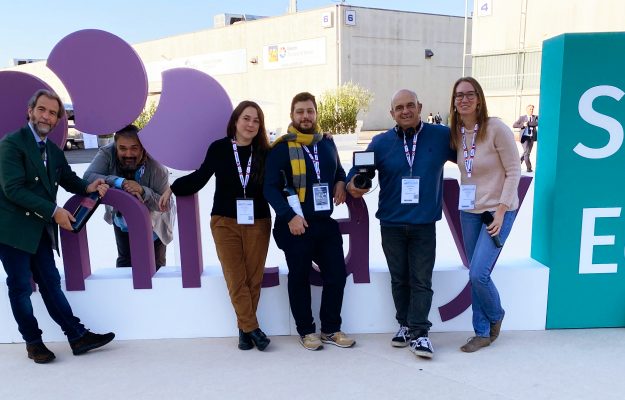According to the figures, by the end of 2021 Italian wine exports will be heading towards 7 billion Euros, with a boom of +15% in value in the first 7 months of 2021, just a few Euros away from 4 billion. Which markets are the most popular? The “usual” USA, for total takings of over 1 billion (+19%), and Northern Europe, with good results also for China and Russia. And that's not all: the figures show that the domestic market is also continuing to grow, with the restaurant industry back in business, albeit with differences (still a bit of a problem in the big cities, but booming in many small towns and tourist resorts all over Italy), but also with large-scale organized distribution, which, in the first nine months of 2021, recorded +2% in volume and +9.7% in value on 2020 of enormous growth, for this channel that has returned to center stage. But, again according to the figures, the average price of Italian wine is still low, even though it has doubled in the last 20 years: we are at 2.8 euros, we were at 1.8 euros. But this is not enough. According to what many analysts point out, France is twice as expensive as us, going from 2.5 euros 20 years ago to 5 euros today. A gap - which has always been there after all - and which is much higher if you put in the average export price of Champagne, which is over 12 euros, and which many wine analysts only seem to be discovering now.
“If we give confidence and tools to companies, to that Italy “that makes Italy” to understand itself - WineNews reflects - the sector can make it. Let’s not always look at France, which, economically speaking, started out 100 years before us, thanks to classification and a trade that an Emperor of Italian origin, Napoleon Bonaparte, wanted to regulate, as he did with all the sectors he considered most promising in his Kingdom. It is necessary to keep an eye on what is happening beyond the Alps, of course, but Italy’s wine industry has, for years now, made different choices from France, which are nevertheless proving to be important and well made. They are, however, more difficult roads that need more time to become known and established on world markets. One example? The choice of believing in native wines. A trend that has been emerging worldwide in recent years, compared to international varieties. A choice, and a taste, that is more difficult to affirm, because it requires greater knowledge on the part of the consumer, but also biodiversity for producers to preserve in their territories. Working on value with comprehensive policies (and not only communication and marketing): this, in my opinion, is what Italian wine should do, and this is what the consortia in the reference territories must do better and more, and they must be able to keep the companies together better and raise the bar of the average starting value of production. I am thinking of Barolo, Brunello di Montalcino, Bolgheri, Valpolicella and Amarone, but also Franciacorta, Soave, TrentoDoc and Verdicchio in the Marche. This is not an easy thing to do, but I think it is a way forward for the future to trigger a serious policy on the value of our wines”.
The blow that is falling on Italian wine is, however, the price of raw materials: the increase, from 40% to 60%, in production costs due to the rise in the price of wood, cement, aluminum and iron, for example, the price of sea freight (and containers transported by ship, for which there is also a shortage problem) and energy commodities. All of these increases take income away from producers and make the situation difficult in terms of economic stability and competitiveness for wine companies. What we are reporting these days on WineNews is a “Vinitaly 2021”, post-pandemic, in a reduced form but still special because it marks a restart of business meetings and tastings at VeronaFiere, in one of the true “capitals” of Italian wine like Verona.
A world that, in the last few months, has been able to rediscover, however, the conviviality of the table and of tastings, which, since the summer, have also relaunched consumption in our country, which remains for Italian wine the most important market as a reference, but also one of the richest in the world, and which other countries are trying to conquer. A new normality, in short, which we hope will bring people back to the places and territories that are symbolic of Italian wine and catering, and a little less online. With the pandemic, we have brought food and, in part, wine back to the center of everyday life, and understood its link with the environment and our health... Let's treasure this, but let’s pick up our suitcases again, as we did with WineNews as soon as it was possible, to go back to doing our job as communicators in the field, live, in the territories of Italy's great agriculture, storytelling about the beauty of the world of food and wine. Territories that are finally realizing that it is only by bringing together their most important assets, beyond all individualism, that they can be truly competitive, to continue to conquer the world with our good, beautiful, clean, fair and sustainable products, in which we too have always believed and told stories to help support them.
Copyright © 2000/2025
Contatti: info@winenews.it
Seguici anche su Twitter: @WineNewsIt
Seguici anche su Facebook: @winenewsit
Questo articolo è tratto dall'archivio di WineNews - Tutti i diritti riservati - Copyright © 2000/2025








































































































































































































